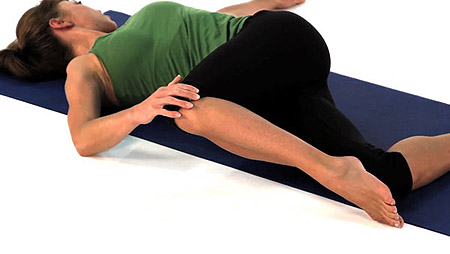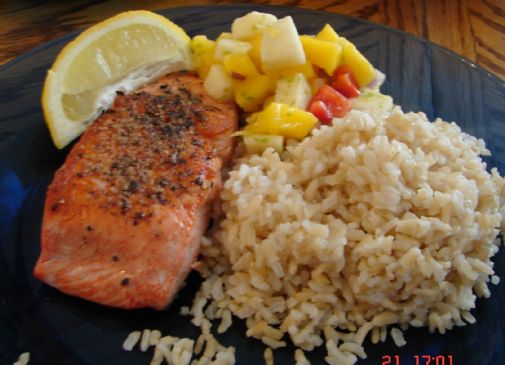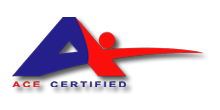Yoga focuses on improving your physical, mental and
spiritual well-being. The goal of yoga is to harmonize
your body, mind and spirit through a combination of
poses, meditation and breathing exercises. Unifying
your body, mind and spirit allows you to achieve a
sense of wholeness, peace and self-realization.
In addition to achieving inner peace, practicing yoga
has many physical and mental benefits. For example,
the physical exercise involved in yoga can increase
your strength and flexibility. Yoga is also a very
effective tool for relieving stress, calming your mind
and allowing you to achieve complete physical and
mental relaxation.
Top 5 Yoga Poses
1. Pigeon Pose helps to open and increase the flexibility of your hips. This pose also helps to strengthen your back, stretch your thighs and increase the flexibility of your groin.
2. Child’s Pose is a seated forward bend that stretches and releases your spine and lower back. Make sure you do not rest your weight on your neck and forehead. You should also be able to breathe evenly while performing the pose. Child’s Pose is a simple pose that is comfortable and safe for almost everyone. However, you should avoid this pose if you have knee problems or high blood pressure.
3. Downward-Facing Dog Pose lengthens your spine and provides an intense stretch to the back of your legs, with an emphasis on stretching your calves. As you perform the pose, keep your shoulder blades wide and your spine lengthened. You should also try to establish one straight line with your arms and spine and another with your legs, but make sure you do not lock your elbows or knees. To form these straight lines, try visualizing your body making an upside down V shape.
4. Cobra Pose develops strength and flexibility in your spine and back, with an emphasis on your lower back.
5. Knee Down Twist improves the flexibility of your spine. Performing this pose also opens your chest and shoulders, while stretching your lower back and hips. As you perform Knee Down Twist, only lower your knee as far as is comfortable for you. It is more important to keep both of your shoulders on the floor than to lower your knee all the way to the floor. As you hold the pose, allow your body to soften and release further into the twist with each exhalation.
You can create a personal yoga practice to meet your needs. Make sure the poses you select include forward, backward and twisting movements of the spine, as well as shoulder and hip movements













.jpg)




